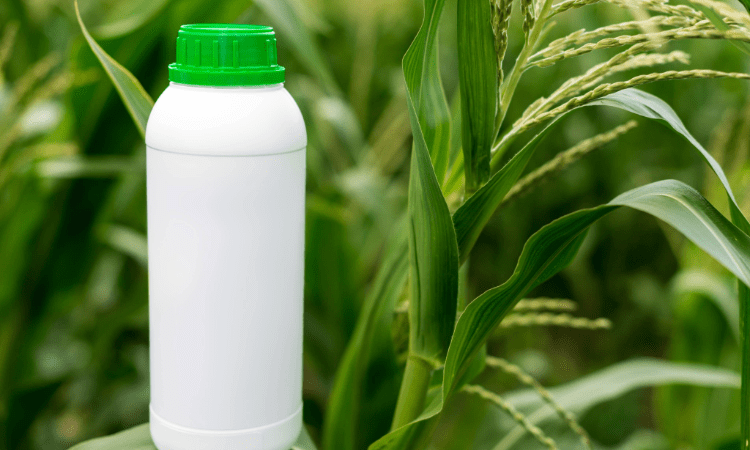Protecting the Environment with GLP: Environmental Analysis
Impacts of GLP on Environmental Protection Efforts

What is GLP and what is its role in environmental protection?
GLP (Good Laboratory Practices) is a system of quality standards that ensures reliable and repeatable results in laboratory work. In terms of environmental protection, GLP ensures that standardized test procedures are used to determine the properties of chemicals such as toxicity, biodegradability and bioaccumulation. This allows for an accurate analysis of environmental risks and measures to minimize these risks.
Environmental Impact Analysis of Pesticides and Industrial Chemicals
- Water Pollution Analysis: Pesticides and chemicals entering water bodies threaten aquatic ecosystems and human health. Analyses performed according to GLP standards
- Their concentration,
- Toxicity level of water,
- Determine the solubility and transport properties of chemicals.
- Soil Pollution Analysis: Pesticide residues can accumulate in soil, reducing productivity and contaminating groundwater. Soil analysis within the scope of GLP:
- Degradation processes of chemicals,
- Biodegradability rates,
- Permanent effects in soil are tested.
- Air Pollution Tests: Industrial chemicals containing volatile organic compounds (VOCs) can cause air pollution. Air analysis using GLP methods provides critical data to control environmental emissions of these chemicals.
- Ecotoxicology Tests: Ecotoxicology tests conducted in accordance with GLP standards measure the effects of chemicals on plants, animals and microorganisms. These tests enable the detection of substances that threaten ecosystem health.
- Biodegradability and Bioaccumulation Tests: The degradation rates of chemical substances in the environment and their potential to accumulate in living organisms are tested in GLP standards and strategies to reduce environmental risks are developed.
Test Methods Used in GLP Standards
- OECD Test Guidelines: Internationally recognized protocols for toxicology and ecotoxicology analysis.
- Spectrophotometric and Chromatographic Analyses: Used to determine the concentration and composition of chemicals.
- Biodiversity Analyses: Biological tests to assess the effects of pesticides and industrial chemicals on the ecosystem.
The Importance of GLP for Environmental Protection and Sustainability
GLP helps to better understand and manage the environmental impacts of pesticides and industrial chemicals. Thanks to these standards:
- Risks to the environment and human health are minimized.
- Natural resources are protected.
- Environmentally sound production processes and management policies are encouraged.
Nanolab Laboratories Group continues to provide services within the scope of GLP Studies. We also provide services in Medical Devices.
Contact us for more information.
You can follow us on LinkedIn for up-to-date news and posts about our services.
Follow our Instagram account to be informed about our latest blog posts.

